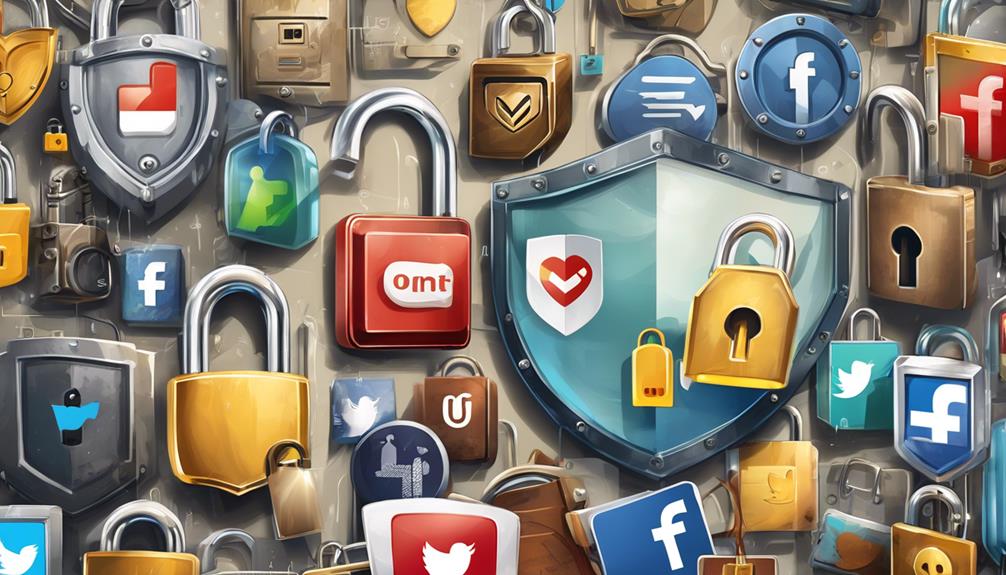In today's digital era, our online traces reveal much about us. It's crucial to protect our virtual identity. Social media is a daily staple, requiring careful navigation. Users should wisely adjust privacy settings, safeguarding against curious eyes. Vigilance is key in combating online fraudsters' cunning schemes.
Secure login credentials are a must. Controlling profile visibility helps create a secure online niche. Yet, many are daunted by complex privacy controls. They ponder the right approach to digital safety. The solution is clear: adopt best practices for online privacy.
These practices bolster defenses and improve our online experience. Indeed, possessing knowledge equips one with power. The following sections will present essential tools and tactics. With these, users can confidently manage their presence on the vast internet.
Customize Your Privacy Settings
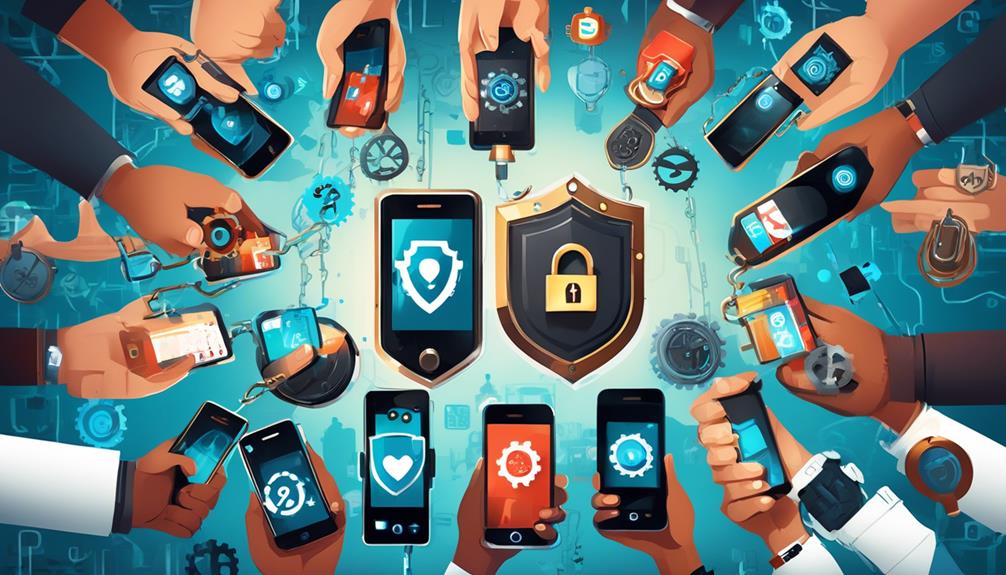
Navigating the labyrinth of social media settings, users can take control of their online presence by meticulously customizing their privacy options. Profile customization isn't just about self-expression; it's a critical step in safeguarding one's digital footprint. By diving into privacy tutorials offered by platforms, individuals can learn to tailor their profiles to their comfort level, ensuring they share only what they intend with their chosen audience.
These tutorials typically break down complex privacy settings into digestible pieces. They guide users through the nuances of who can see their content, how they're tagged in photos, and who can connect with them. Understanding these features empowers users to create a space where they feel they belong, surrounded by a community they trust.
Furthermore, regular updates to privacy policies necessitate that users stay vigilant. It's not enough to set and forget; one must periodically review their privacy settings to counteract any changes that may have inadvertently affected their chosen levels of visibility. In this way, users aren't just passive participants in the social media ecosystem but active curators of their personal boundaries and online relationships.
Recognize and Report Scams
Customizing privacy settings is crucial. Equally important is staying alert to online scams. Users must know how to report them. Vigilance is essential for spotting fakes on social media. One should scrutinize friend requests, messages, and posts. Check each for authenticity. Being aware of phishing is key. Scammers disguise malicious links as legitimate requests. They offer deals that seem too good to refuse.
Community members need to learn the signs of scams. These include poor grammar and pressure tactics. Scammers often ask for sensitive information. People should critique even benign interactions. Personal data is valuable to fraudsters. If suspicious activity is spotted, users should avoid engaging. Confronting the scammer is not advised. Instead, they should use the platform's reporting tools. This alerts the social media company quickly.
Reporting scams makes the online environment safer for all. Individual action protects not just oneself but also the community. It prevents potential harm. By promoting collective responsibility and phishing awareness, users help. They build a network that resists scammer tactics. This effort strengthens the sense of belonging. It also increases safety within digital communities.
Secure Your Login Credentials
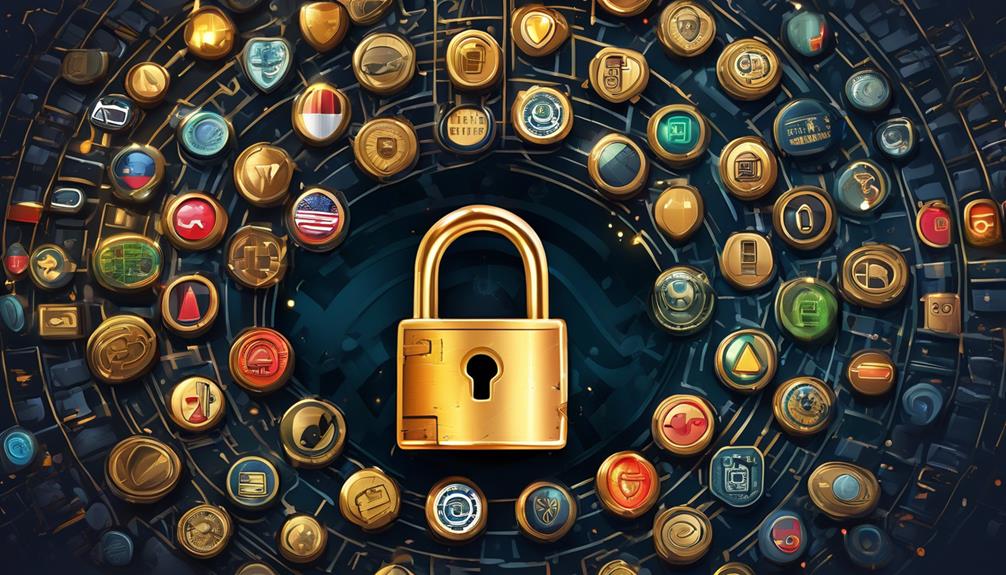
Securing your login credentials is essential for protecting your online identity. Consequently, it prevents personal information from unauthorized access. Credential management goes beyond memorizing passwords. Indeed, it requires creating a secure environment where personal details are carefully safeguarded.
To enhance password strength and secure accounts, consider the following practices. Firstly, use complex passwords that include various characters. These should combine letters, numbers, and symbols to be less predictable. Secondly, enable two-factor authentication to introduce an additional security layer. This requires identification beyond the password alone.
Additionally, regularly update passwords to minimize the risk of compromise. Doing so periodically can be significantly protective. Moreover, avoid reusing passwords across different accounts. Unique passwords for each service can prevent a breach from becoming more extensive.
Control Profile Visibility
Control Profile Visibility
Controlling profile and personal information visibility is crucial for online privacy in social media. Users who prioritize privacy often seek belonging in their circles. Yet, they aim to protect their lives from strangers or unwanted scrutiny. By using friend filters, individuals can manage connections and control who sees their content.
Visibility levels are key tools for users to adjust their social media presence. These settings vary from public to entirely private, with nuanced options in between. For instance, one may set their profile to be seen by friends only. Alternatively, they could choose friends of friends, or even create custom groups. It's not solely about security; it's also about creating a sharing space in a trusted community.
Analyzing these settings, users must reflect on their personal limits and online interaction extent. Regularly reviewing and modifying visibility levels ensures alignment with one's comfort zone. As social spheres and privacy standards change, one's online visibility strategy should adapt. This proactive step is not just for safety; it's also to encourage undisturbed personal connections in a safe environment.
Audit Your Friends List

Regularly auditing your friends list is a proactive measure. It helps maintain privacy on social media. Ensuring only current, trusted connections can access your personal content is crucial. Friend culling, the process of removing outdated or unwanted connections, is essential. It safeguards one's digital life.
To approach this task, use a blend of unfriending etiquette and decisive action. This creates a sense of belonging within your online community.
Consider these steps when auditing your friends list:
Firstly, review your connections. Identify who you haven't interacted with recently. Also, consider who no longer aligns with your values. Secondly, assess privacy settings. Make sure your content is shared only with people you're comfortable with.
Next, apply unfriending etiquette. When removing connections, be tactful to avoid unnecessary offense. Additionally, check for dormant accounts. Remove inactive profiles that may pose a security risk.
Beware of Oversharing
Users must think about their privacy and set limits on their online sharing. Consequently, oversharing personal information may lead to identity theft and digital abuse. It is vital, therefore, to evaluate the risks of each post and to alter privacy settings to protect oneself.
Set Sharing Boundaries
Establishing boundaries for sharing personal information online is crucial. It significantly reduces privacy breaches and unwanted exposure risks. Individuals seek digital community belonging, yet safety is essential. Prioritizing safety involves content moderation and careful audience selection. Here are essential protection steps:
Firstly, personalize your privacy settings to manage post visibility. Secondly, refrain from sharing location details to safeguard your safety. Additionally, reconsider posting personal milestones or family photos. Moreover, utilize built-in tools to selectively limit who sees your posts. Finally, make it a habit to periodically review and cleanse your digital presence.
An analytical approach to social media is vital. It ensures you remain connected while also protecting your privacy. Essentially, it's about striking a balance. Share enough for community involvement but maintain your security.
Personal Data Risks
Sharing personal data on social media can lead to privacy risks and exploitation. Individuals often post excessive information, not merely to connect with friends. Consequently, they paint a target on their backs for cybercriminals. Data breaches typically begin with seemingly innocent online details. These details can be pieced together, compromising a person's security.
Identity theft is a dire consequence of data exposure. In such cases, criminals impersonate someone to commit fraud. Therefore, users must critically assess each post's necessity. They should consider the potential exposure to harm. It's about striking a balance. One should feel part of the community, yet remain safe from digital predators.
Enable Two-Factor Authentication
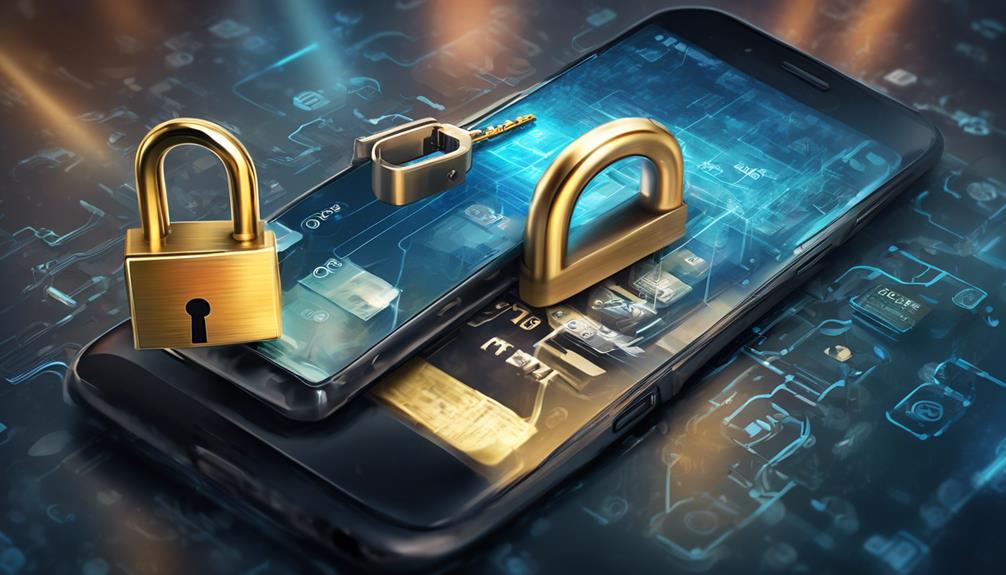
To bolster your online defenses, it's essential to enable two-factor authentication (2FA) on all social media platforms where it's available. This additional layer of security ensures that even if someone gets hold of your password, they still need a second form of verification to access your account.
Here are key steps to enhance your social media safety with 2FA:
- Use Authentication Apps: They generate time-sensitive codes, offering a more secure alternative than SMS-based codes.
- Invest in Security Keys: These physical devices provide robust protection and can be used as part of the 2FA process.
- Regularly Update Your Contact Details: Ensure your recovery information is up-to-date to prevent lockouts or breaches.
- Educate Yourself on Phishing Scams: Be vigilant about unsolicited messages that may attempt to compromise your 2FA.
- Review Connected Devices Frequently: Regularly check which devices have access to your accounts and revoke any that are unfamiliar or obsolete.
Employing these practices will significantly reduce the risk of unauthorized access to your social media profiles. The community thrives on trust, and by securing your accounts, you're not just protecting yourself; you're upholding the integrity of the digital spaces we all share.
Keep Software Updated
Staying protected on social media also means ensuring that all your applications and operating systems are up to date, as these updates often include critical security patches. These patches are designed to fix vulnerabilities that could be exploited by attackers to gain unauthorized access to user data. Therefore, regular update frequency is not just recommended; it's essential for maintaining a secure online presence.
Patch management should be a priority for users. By automating updates or setting reminders, individuals can ensure they don't miss out on important security improvements. The process isn't just about the occasional upgrade; it's a continuous commitment to protecting one's digital life. Neglecting this can leave the door open for cyber threats that are constantly evolving.
When a social media platform announces an update, it's not just about new features; it's often about closing security gaps. Users who feel a sense of belonging in their online communities owe it to themselves and others to maintain that space's integrity. By keeping software updated, they contribute to the collective defense against potential breaches, ensuring that everyone's experience remains safe and enjoyable.
Review Tagging Preferences
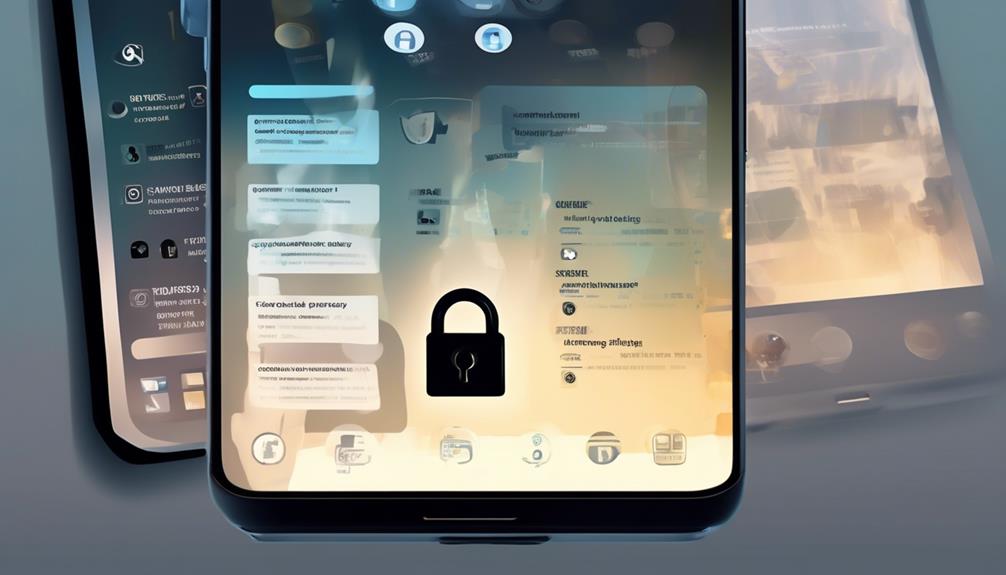
Managing your tagging preferences on social media is essential for privacy. Consequently, this step helps control your digital footprint effectively. Unwanted attention often comes with the ease of being tagged. Therefore, it's vital to find a balance between connectivity and control over your online presence.
Firstly, adjust settings to manage who can tag you. Additionally, review tags before they appear on your profile. This approach helps prevent unwanted attention. Secondly, understand platform policies. Every social media has distinct tagging systems; familiarize yourself with these differences. Thirdly, educate your circle about tagging etiquette. By doing so, you ensure they respect your preferences.
Moreover, regularly audit your tags. This means periodically checking your tagged photos and posts to maintain your desired online persona. Also, leverage features like 'tag review' or 'timeline review' for content control. These tools offer more power over the content associated with you.
Frequently Asked Questions
How Can I Safely Participate in Online Challenges and Trends Without Compromising My Privacy?
She thoroughly investigates every viral challenge, acknowledging potential risks prior to engagement. Consequently, her vigilance balances staying trendy with privacy protection, thus nurturing online community inclusion.
What Should I Do if a Family Member or Friend Is Sharing My Personal Information Without My Consent?
She discovers that many users are oblivious to privacy invasions. Consequently, she plans to notify platforms of any infringements. Additionally, she'll tweak her privacy configurations. She is committed to educating her family and friends on the importance of respecting her digital space.
Are There Specific Times or Events When I Should Be Extra Vigilant About My Social Media Privacy?
During major life events and event planning, she must increase her privacy awareness. Importantly, she should carefully examine each platform's privacy policy. This ensures her personal information stays secure.
How Can I Manage the Privacy of Old Posts That May No Longer Reflect My Current Privacy Preferences?
She can manage her old posts through a profile cleanup. Consequently, by reviewing settings, she aligns past content with current preferences. This fosters a digital community belonging.
What Steps Should I Take if I Suspect That Someone Has Gained Unauthorized Access to My Social Media Accounts, but I Don't Have Evidence of Specific Suspicious Activities Yet?
Initially, she must promptly change her passwords and enable two-factor authentication for added security. Subsequently, she should thoroughly review her privacy settings. If needed, she'll start the account recovery process to ensure she regains full control and secures her online presence.
Conclusion
In the digital world, it's critical to secure your privacy settings and login details. To protect your account, be vigilant and selective about your friends. You should also control who sees your profile. Additionally, use two-factor authentication and keep software up to date. This creates a barrier against online threats. In social media's complex landscape, avoid sharing too much, as it's risky. Always be cautious and maintain a strong digital defense.

